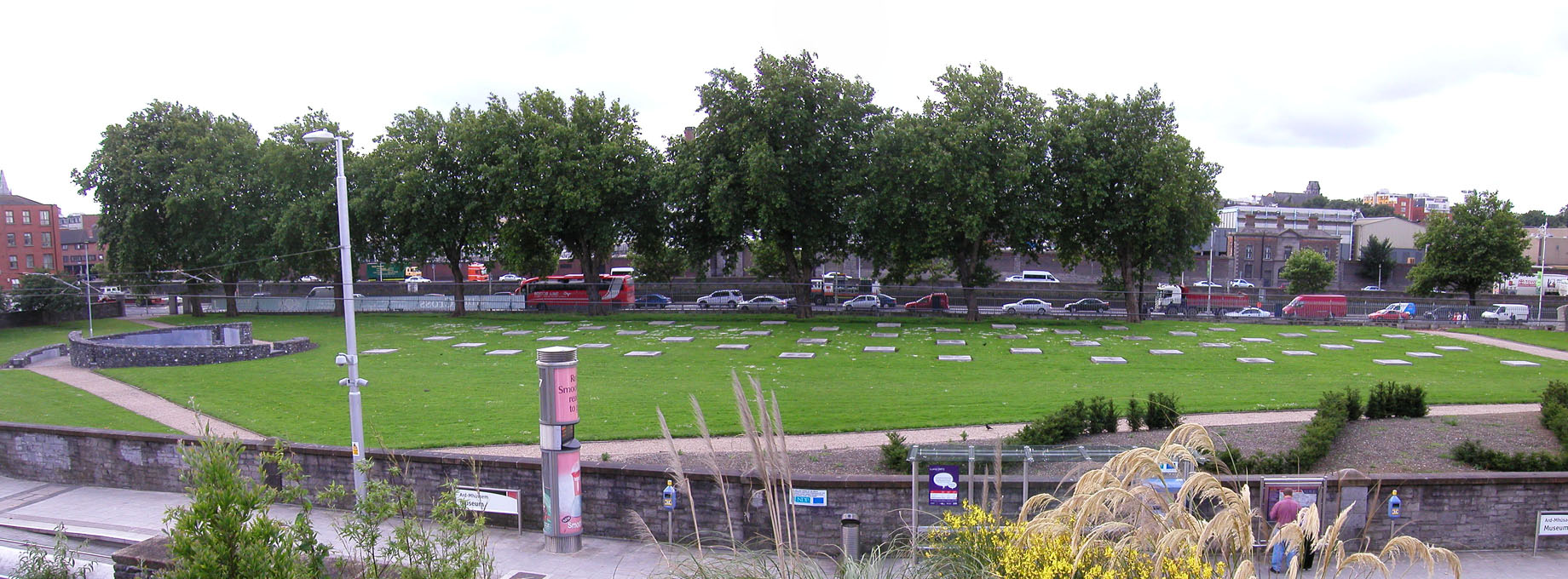
Croppies Acre
In 1997, when the Decorative Arts Section of the National Museum was to open near Heuston Station, Dublin, an almost incredible rumour circulated in the press. The green space in front of what had been the Royal Barracks in the nineteenth century, had been used as a football pitch during the twentieth century and was now to become a car park. In this place many of the Croppies of 1798 had been hastily buried, including Matthew Tone, a brother of Theobald Wolfe Tone, and Bartholomew Teeling. Both were officers in the French Army of liberation. There was an immediate public outcry. One newspaper alluded to W. B. Yeats’s famous poem ‘September 1913’, which contains the lines: ‘Romantic Ireland is dead and gone/ It is with O’Leary in the grave’ and paraphrased: ‘Romantic Ireland is dead and gone/ It is with O’Leary in car space 74’. This proposal to turn the graves of the Patriot Dead into a car and bus park was all the more stunning as the bi-centenary of the United Irishmen’s Rising of 1798 was imminent and groups everywhere were renovating monuments and graves, organising seminars and lectures and planning pike marches.

The then secretary of the National Graves Association, Tess Kearney, was in poor health, but decided that such an occasion required action regardless of her personal circumstances. Tess turned in a magnificent effort for the television cameras and organised a campaign to “Save the Croppies Acre” within days. Various interested parties came together and, under the leadership of the NGA, highlighted the issue in a well-informed manner. These voluntary efforts led to a reversal of the car park proposal and in 1998 the present 1798 Memorial Park with its flat stone slabs, symbolising the graves of the slain Rebels, was completed. It is now clearly visible from the Luas, which passes between the Croppies’ Acre and the National Museum.